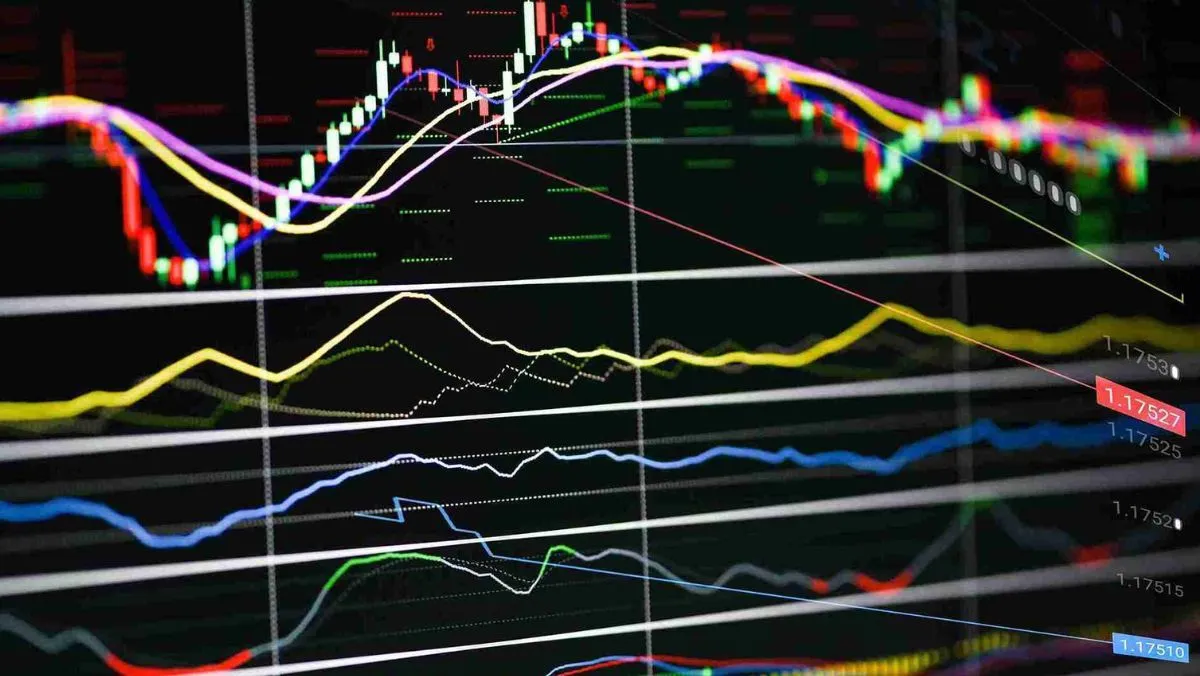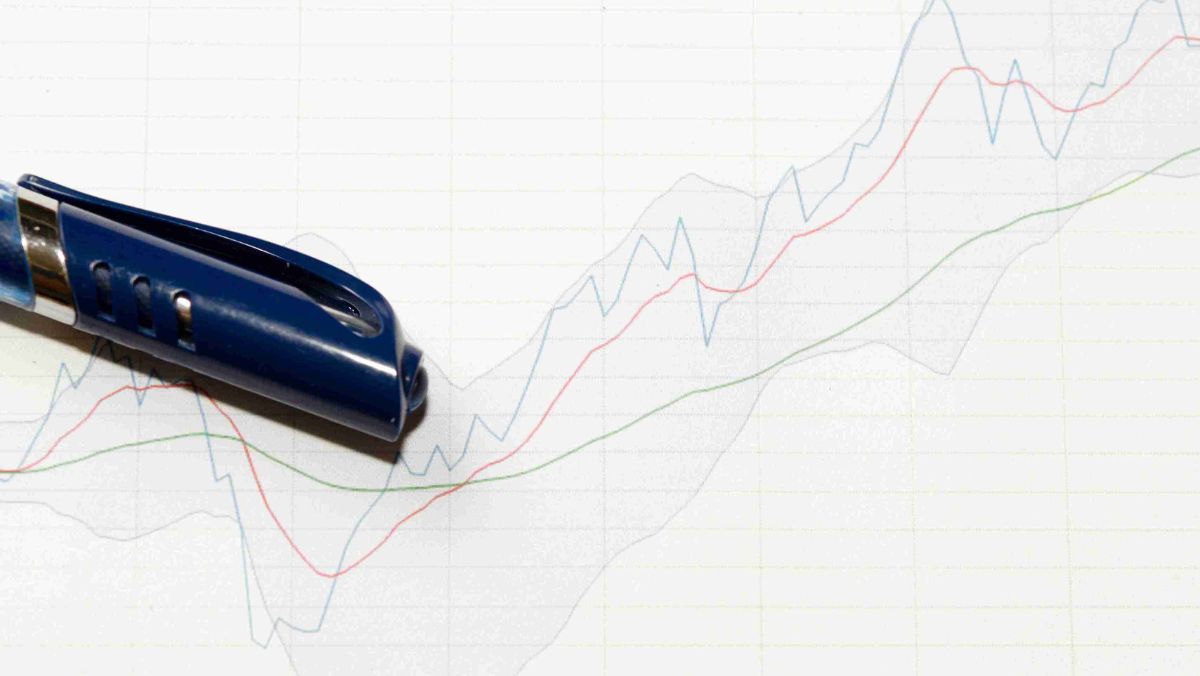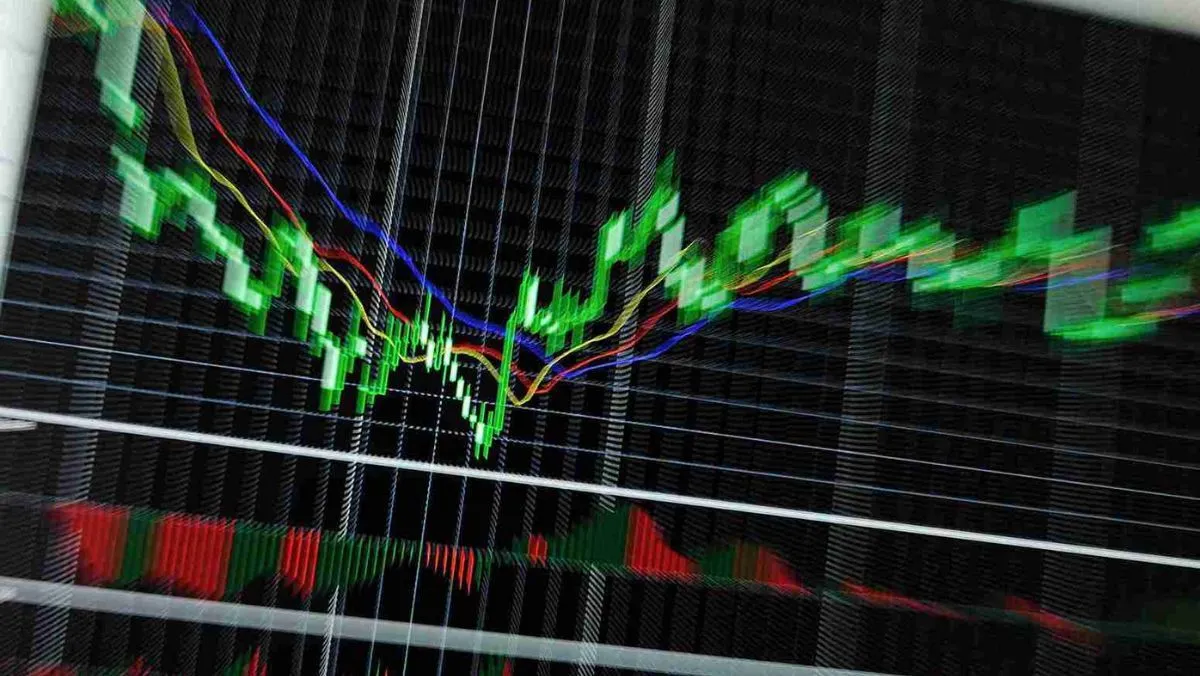
Friday Feb 2 2024 08:38

10 min

Picking the right indicators to confirm market trends and momentum can make or break a trader’s success. While standard tools like moving averages have stood the test of time, newer indicators like the Vortex aim to improve early trend detection.
This guide will explore what sets the Vortex Indicator apart from classic trend tools. You’ll learn how the Vortex uses price highs and lows and its advantages in signalling turns early.
Etienne Botes and Douglas Siepman created the vortex indicator in 2010 to identify new trends and reversal points in the market. It consists of two oscillators: the Positive Vortex Indicator (+VI) and the Negative Vortex Indicator (- VI).
These oscillators work based on the highs and lows of candlesticks over a specific period.
The +VI measures positive trend momentum by comparing the range of highs over the last several candles. Larger differences between highs indicate increasing upside momentum.
The -VI does the same for downside momentum by analyzing the range of recent lows.
The main advantage of the Vortex Indicator is its ability to gauge trend strength very early on.
It can signal momentum shifts sooner than standard trend indicators that rely on moving average crosses and breakouts.
Some of the most widely used indicators for assessing trends include:
The Simple Moving Average (SMA), Exponential Moving Average (EMA), and Weighted Moving Average (WMA) are lagging indicators that smooth out price action and help define the overall trend.
When the price crosses above or below the moving average line, it signals a potential trend change.
The MACD comprises two EMA lines that reflect changes in the trend’s strength, direction, and momentum. Crossovers of the MACD line and signal line indicate shifts in the trend.
The ADX measures trend strength without regard to direction. It can distinguish between ranging and trending price action. Higher ADX values signal stronger trend momentum.

Bollinger Bands plot standard deviation lines above and below a simple moving average line. Price breaking out of the bands often continues the trend direction.
These widely used indicators are effective for confirming trend strength and reversals. However, they all rely on historical price data and require the trend to be established before generating signals.
You might also like to read: What is a Parabolic SAR Indicator?
Now that we’ve looked at how the Vortex Indicator works and the most common trend indicators, let’s compare some of its differences:
The Vortex Indicator’s most significant advantage is its ability to gauge changes in momentum very early on and anticipate the formation of new trends.
Standard indicators like moving averages and MACD require more data points before confirming a new trend.
The Vortex Indicator has less lag because it doesn’t depend on smoothed data or multiple average lines. It detects subtle high/low price patterns in real-time candlestick data. Standard indicators lag price action more significantly.

While the ADX and other trend strength gauges only show magnitude, the Vortex differentiates between positive and negative momentum. This gives a clearer picture of what direction the trend is strengthening.
The Vortex Indicator is most useful for trending market conditions and less effective during trading ranges. Moving averages and Bollinger Bands adapt better to ranging environments.
The Vortex may generate more “whipsaws” and false signals since it reacts to minor high/low variations. Standard indicators avoid premature signals by smoothing out minor price fluctuations.
The calculation behind oscillators like the Vortex Indicator involves more variables and advanced math. Standard trend tools like moving averages are much simpler technically.
Like any indicator, the Vortex has strengths and weaknesses compared to common trend tools. Combining different indicators can provide a more robust view of market conditions.
One of the benefits of the Vortex Indicator is that it can be applied effectively to most liquid financial markets, including:
The Vortex analyzes the pattern of price highs and lows rather than the closing prices, making it applicable to any market with detectable swing patterns.
The key is choosing a timeframe that matches each asset’s typical trend rhythm and volatility.
Traders can experiment with the Vortex on different assets and timeframes to determine the optimal parameters for generating timely, accurate trade signals.
Focus on highly liquid markets where volume confirms the momentum. This maximizes the probability of sustained trends.
Read this article for more insights: Fundamental Analysis vs Technical Analysis - What are the differences?
The Vortex Indicator offers traders an alternative early trend detection tool that aims to minimize lag and provide real-time insight into momentum shifts.
While traditional indicators like moving averages remain staples of technical analysis, exploring new options like the Vortex can enhance your ability to pinpoint high-probability trades.
As with any indicator, traders should backtest it thoroughly across different markets and timeframes to determine effectiveness. Success comes down to selecting indicators that fit your strategy and combining various tools to create robust signals.
The Vortex shows potential for confirming trends early, but practice caution before relying solely on any one indicator. Only risk real money after demo trading an approach over an extended period.
Both classic and newer indicators can aid trading decisions, and with knowledge of their pros and cons and experience applying them, traders can make better decisions.
Learn and trade with markets.com: The ultimate trading community!
“When considering “CFDs” for trading and price predictions, remember that trading CFDs involves a significant risk and could result in capital loss. Past performance is not indicative of any future results. This information is provided for informative purposes only and should not be considered investment advice.”
